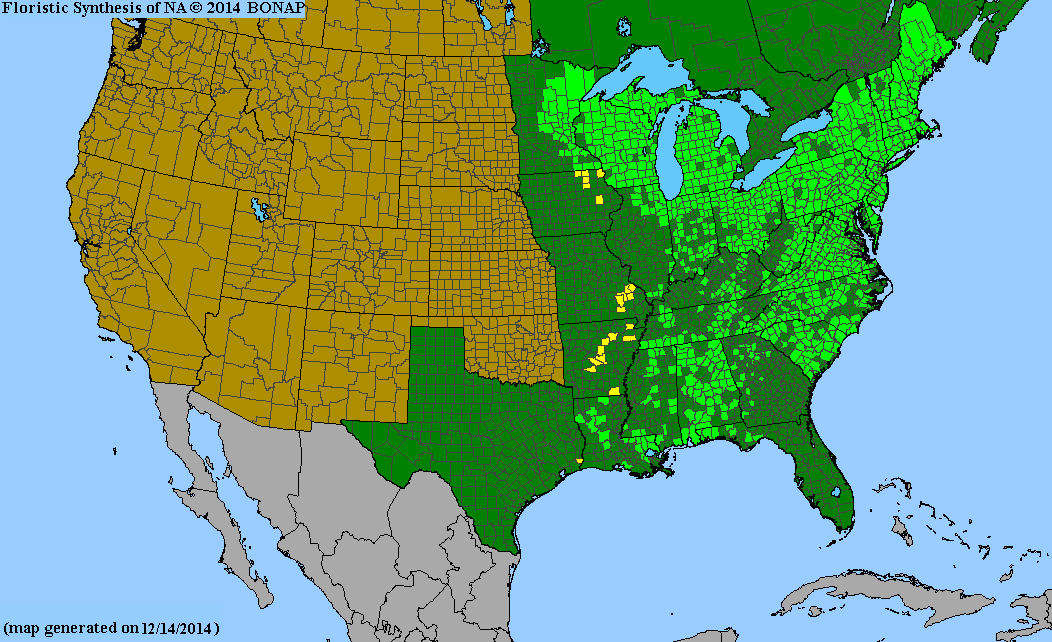Details
-
White, Green
-
Spring
-
Yellow, Purple
-
3-15ft
-
Dry, Medium, Wet
-
Full, Partial, Shade
-
Henry’s Elfin
Harris’ Three Spot -
FACW - usually occurs in wetlands, but can occur in non-wetlands
-
Scarification improves germination rates; double dormancy

